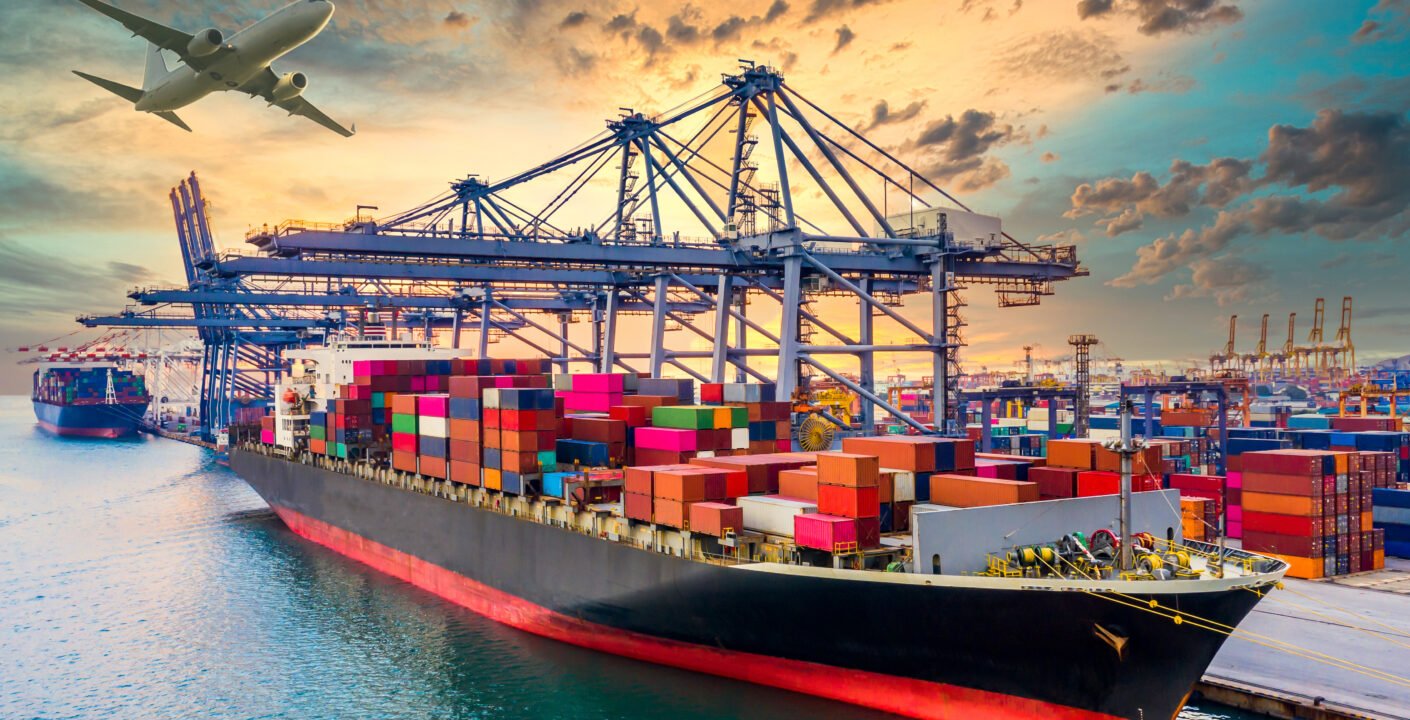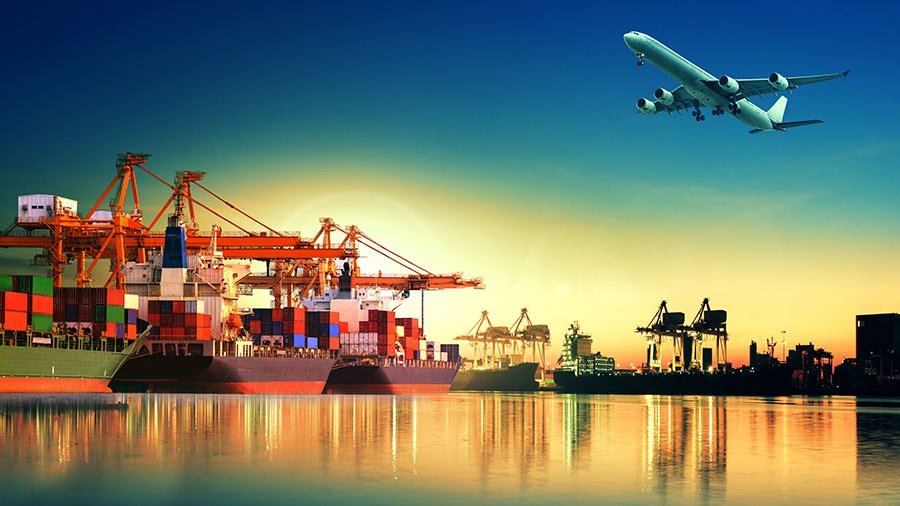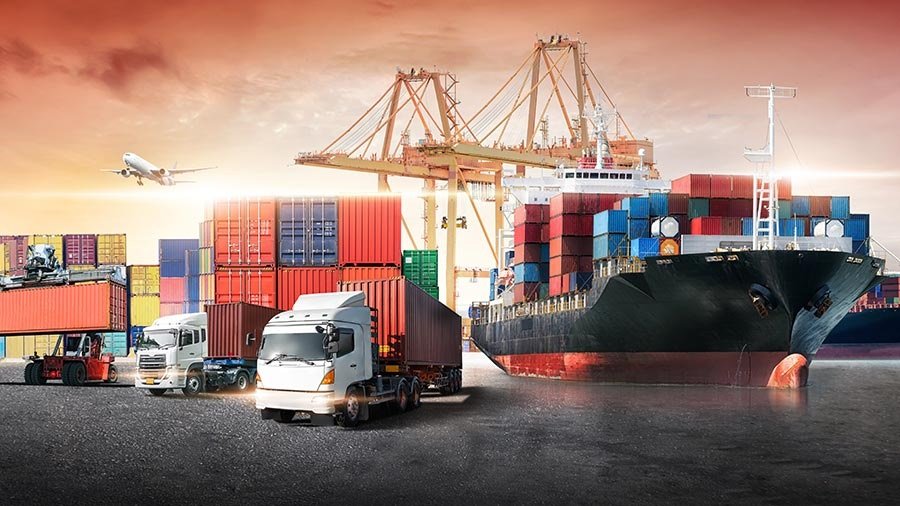In the fast-moving world of global commerce, Steelbridge Export has demonstrated how vital logistics is for the success of international metal trading. The efficiency of supply chains directly influences prices, market availability, and the trust buyers place in suppliers. With 2025 bringing new challenges such as digital transformation, sustainable transport solutions, and trade route disruptions, the role of logistics in metal trading has never been more critical.
Logistics as the Backbone of Global Metal Trading
Companies that master logistics not only lower costs but also gain a competitive advantage in an increasingly interconnected market.
Key Features
Importance of Steelbridge Export and logistics in global metal trade
Impact of technology (AI, blockchain, predictive analytics) on logistics in 2025
Role of sustainability and green transport solutions in supply chains
Direct connection between logistics costs and metal price fluctuations
Regional outlook: Asia, Middle East, Europe, and North America
Main challenges: port congestion, rising fuel costs, climate regulations, customs barriers
Future of logistics: automation, smart warehousing, fully digitalized supply chains
Understanding the Logistics Chain in Metal Trading
The logistics chain in metal trading is a complex system involving sourcing, warehousing, transport, and customs clearance. Each step requires precision to prevent delays that could cause substantial financial losses. With demand rising in industries like construction, energy, and automotive, logistics ensures that raw materials such as aluminum, copper, and steel arrive at the right place, at the right time.
 The Impact of Technology on Logistics in Metal Trading
The Impact of Technology on Logistics in Metal Trading
Digital tools like AI, blockchain, and predictive analytics are transforming logistics in metal trading. Predictive logistics allows companies to anticipate supply chain disruptions and reroute shipments before delays occur. Blockchain enhances transparency, ensuring that all parties in the trading process have a clear record of the metals’ origin, quality, and movement.
Sustainable Logistics in the Metal Trade
In 2025, sustainability is no longer optional—it’s a necessity. Logistics companies are adopting cleaner transport methods, optimizing packaging, and reducing empty backhauls. By integrating sustainability into logistics in metal trading, companies align themselves with global regulations and meet the rising demand for green supply chains from investors and clients.
Logistics Costs and Metal Price Volatility
Logistics plays a direct role in determining the final market price of metals. Rising fuel costs, labor shortages, and geopolitical tensions increase shipping expenses, which directly impact the global prices of traded metals. Traders who control logistics costs have the ability to offer better rates, making logistics a decisive factor in competitiveness.
Regional Outlook: Logistics in Metal Trading Across 2025 Markets
Asia-Pacific: As the hub of global manufacturing, logistics networks in China, India, and Southeast Asia are crucial for raw material supply.
Middle East: Ports and infrastructure expansion are strengthening the region’s role as a transit hub for global metal trading logistics.
Europe & North America: Regulatory frameworks and investments in green logistics are shaping how metals move across developed economies.
 Challenges in 2025 for Logistics in Metal Trading
Challenges in 2025 for Logistics in Metal Trading
The global logistics sector faces multiple challenges:
Port congestion delaying shipments.
Rising transport costs due to oil market fluctuations.
Customs regulations and cross-border compliance slowing down processes.
Climate risks such as extreme weather affecting maritime transport.
Companies that anticipate and address these challenges in their logistics strategies will emerge stronger in the competitive landscape.
Future of Logistics in Metal Trading: Opportunities Ahead
The future lies in combining automation, sustainability, and financial resilience. From smart warehousing using robotics to AI-driven supply chain monitoring, logistics is evolving into a data-driven ecosystem. By 2030, companies investing in advanced logistics models are expected to reduce delivery times by up to 40%, significantly boosting profitability in global metal trade.
Conclusion: Logistics as a Competitive Advantage
In summary, logistics in metal trading is not just an operational necessity—it’s a strategic weapon. From cost optimization and risk management to sustainability and technology integration, logistics determines who leads the global metals market. Businesses that adopt modern, sustainable, and technology-driven logistics solutions will secure long-term growth, outperform competitors, and provide consistent value to their clients in 2025 and beyond.
Simple Summary
This article explains why logistics is the backbone of global metal trading. It shows how technology, sustainability, and cost management shape the industry, and highlights that companies with stronger logistics will gain the biggest competitive edge in 2025.
FAQs
- 1. Why is logistics important in metal trading?
Because logistics ensures timely delivery, cost efficiency, and reliability, which directly impacts competitiveness and profitability. - 2. How does technology improve logistics in metal trading?
AI, blockchain, and predictive analytics streamline supply chains, reduce delays, and enhance transparency. - 3. What challenges affect logistics in the metals industry in 2025?
Port congestion, fuel costs, climate risks, and customs compliance are key challenges shaping logistics in metal trading. - 4. How does sustainable logistics benefit the metal trade?
It reduces environmental impact, aligns with global regulations, and attracts investors focused on green supply chains. - 5. What’s the future of logistics in metal trading?
Automation, smart warehousing, and digital supply chains will define the future, reducing costs and improving delivery times.




 The Impact of Technology on Logistics in Metal Trading
The Impact of Technology on Logistics in Metal Trading Challenges in 2025 for Logistics in Metal Trading
Challenges in 2025 for Logistics in Metal Trading



